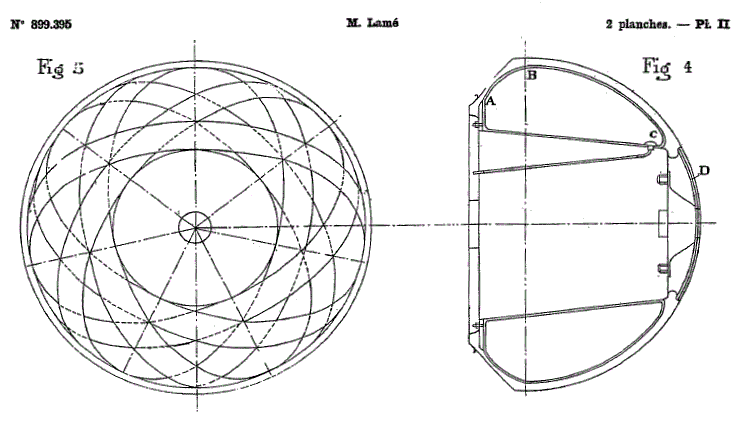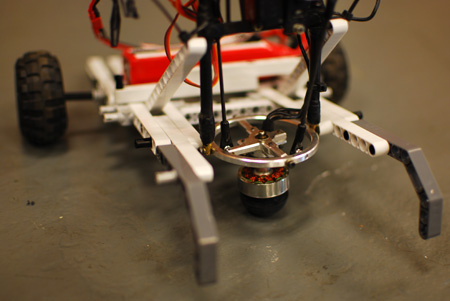Gallery opened 24 Sept 2020
Page updated: 10 Oct 2020
HOG drive added




Hemispherical Drive |
Gallery opened 24 Sept 2020 |
 | Left: The Hemisphere-Drive tricycle: 1938
|
This is the rest of the text missing from the article above:
...When the hemisphere is set in a vertical position, there is no forward motion, but the moment it is inclined slightly, friction with the road drives the automobile forward and although the speed of the motor is maintained constantly, acceleration and deceleration depends entirely upon the peripheral surface which the hemisphere presents to the road. Thus, knowing the speed of the motor, only a simple calculation is required to determine the speed at which the automobile could be driven. Two factors of importance, not outlined by the inventor, but which must be considered, are the gyroscopic effect of the motor and bumps in the road.
Clearly the article-writer wasn't buying it. 'The gyroscopic effect' might indeed be interesting on cornering. And you would need a very flat road.
 | Left: Speculative Hemisphere-Drive car: 1938
|
 | Left: The Hemisphere-Drive patent: 1938
|
 | Left: The Hemisphere-Drive patent: 1938
|

HEMISPHERE-DRIVE TODAY
From the negative comments above you might assume that the hemisphere drive vanished without trace in 1945. That was certainly my expectation when this museim gallery was opened. But you would be wrong...
Hemisphere drive is now described as the application of a Hemispherical Omnidirectional Gimbaled wheel, or HOG wheel. There is a Wikipedia page. It is considered useful in some robots as the propelling force can be quickly vectored in any direction by tilting the hemisphere side-to-side and/or front-to-back, and also gives an infinitely variable drive.
 | Left: The Next Wheel car: Tokyo 1988
|

 | Left: HOG Drive for a robot: USA 2011
|

HEMISPHERE-DRIVE EFFICIENCY
It seems to me that as a means of propulsion it must be inherently inefficent. The hemispherical rubber tyre of Monsieur Lame will not contact the road at a point, but over an area called the contact patch, as the tyre deforms under load. Therefore there are effectively an infinite number of slightly different effective gear ratios in use, and the tyre must be slipping over all but one point of the contact patch. The friction will absorb energy, and wear the tyre out rapidly.
I would be interested to hear other people's thoughts on this.
  
|